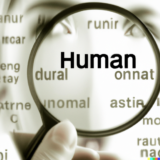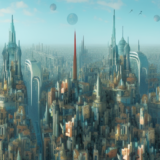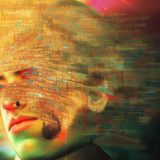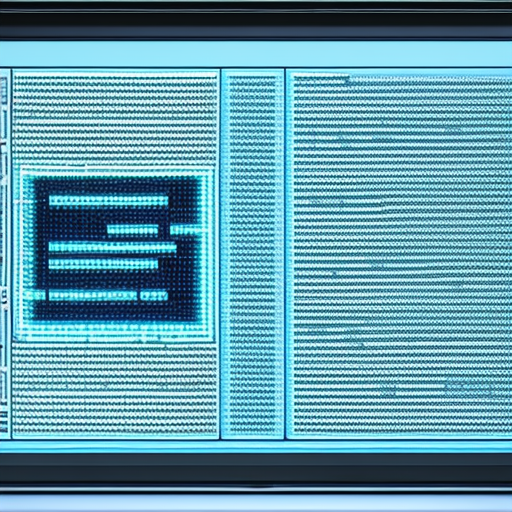
In an era where artificial intelligence (AI) continues to advance at a breathtaking pace, the line between human and AI-generated text is becoming more and more blurred. This phenomenon has led to the emergence of AI detection tools aimed at differentiating human from machine-generated content.
Estimated reading time: 4 minutes

In the continuous quest to explore how artificial intelligence grasps and generates different artistic styles, we again turned to Stable Diffusion, leveraging the capabilities of DreamStudio. This time, however, our approach was twofold: a comparative analysis between Stable Diffusion 1.5 (SD 1.5) and Stable Diffusion 2.1 (SD 2.1). In both iterations, the same styles were tested, enabling us to discern how different versions of the AI model fared with the same prompts.
Estimated reading time: 2 minutes

AI’s prowess in generating poetry has been put to the test in our latest experiment – initiating poetic compositions through conversational prompts. Our guide through this exploration, ChatGPT, was tasked to respond to a variety of requests, all presented in a casual conversational manner, as if from a friend or a curious reader.
Estimated reading time: 12 minutes

Art is a diverse and multi-layered field of study that relies heavily on both visual and textual analysis. While the visuals are, of course, the main focus, it is through text that we often contextualize, critique, and interpret what we see. The rise of artificial intelligence (AI) in the form of text generation tools, such as OpenAI’s GPT models, offers new and exciting opportunities in the field of art study. Here’s how:
Estimated reading time: 3 minutes

Venturing into the world of artificial intelligence can feel a bit overwhelming if you’re new to it. However, with the right tools and project ideas, you can start exploring and harnessing the potential of AI in a fun and engaging way. Below are a few beginner-friendly projects you can try with accessible AI tools like OpenAI’s ChatGPT and various image generators.
Estimated reading time: 5 minutes

In today’s post, we’re going to pull back the curtain a little and show you some of the behind-the-scenes work that goes into researching and generating the AI-powered art and music you see on Neural Imaginarium. Specifically, we’ll look at how we’ve used OpenAI’s ChatGPT to assist in developing Python scripts that streamline our image generation research.
Estimated reading time: 5 minutes





